BitLocker enables you to encrypt your computer system hard drive and is a good way to protect your computer and its contents in the event the computer is lost or stolen. Once enabled, BitLocker locks the computer startup process (or the resume-from-hibernation process) until the correct PIN is entered or the correct USB-based startup key is inserted. BitLocker encrypts your hard drives and prevents hackers from harvesting your data files. Before encryption begins, you will be asked to choose a password. This will need to be used every time you access your PC or drive, even before the operating system starts up. You can choose to enter this manually, or via a USB drive.
At this point you will also choose your recovery key settings, which will be needed if for any reason you can't get into your computer using the pin number. The options for Windows 10 are save the file to your Microsoft account, save to a flash drive, save to a local or cloud file, or print the recovery key manually. Choose as many as you want for your own peace of mind. Windows Mobile 6.5, Windows RT and core editions of Windows 8.1 include device encryption, a feature-limited version of BitLocker that encrypts the whole system. Logging in with a Microsoft account with administrative privileges automatically begins the encryption process. The recovery key is stored to either the Microsoft account or Active Directory, allowing it to be retrieved from any computer.
On computers that do not have a TPM version 1.2 or later, BitLocker can still be used to encrypt the Windows operating system drive. In addition to the TPM, BitLocker offers the option to lock the normal startup process until the user enters a personal identification number . All of this means that, should your computer be lost or stolen, it won't be possible for your files to be accessed. This feature alone may make it worthwhile considering an upgrade to Windows 10 Pro. Similar to BitLocker, device encryption is a feature designed to protect your data from unauthorized access in the unexpected case that your laptop is lost or stolen.
When the feature is enabled, the entire system drive and secondary drives connected to your device, are scrambled, and only you with the correct password can access the data. When you enable BitLocker, you create a personal identification number , which you need to enter every time you start up your computer. You can use the recovery key to gain access to your computer if your forget your password. You should print the recovery key and store it in a safe place., apart from your computer. After the recovery key is generated you will be prompted to restart your computer. The encryption process starts when the computer reboots.
The keys are only protected after the whole volume has been encrypted when the volume is considered secure. BitLocker uses a low-level device driver to encrypt and decrypt all file operations, making interaction with the encrypted volume transparent to applications running on the platform. We'd like to see Microsoft give more Windows 10 users access to BitLocker—or at least extend Device Encryption so it can be enabled on more PCs. Modern Windows computers should have built-in encryption tools, just like all other modern consumer operating systems do. Windows 10 users shouldn't have to pay extra or hunt down third-party software to protect their important data if their laptops are ever misplaced or stolen.
Windows device encryption is a security feature in Microsoft Windows that helps protect your data by encrypting the system drive. If device encryption is enabled, only authorized individuals can access your device and data. Encryption is key to making sure that your data is protected. This encryption process can vary between systems and devices, so we're going to break it down one at a time for you, starting withWindows 10andBitlocker. BitLocker is an encryption tool that allows you to secure your files on your hard drive or external USB flash drives. This function mainly comes in handy if you have sensitive data stored on your PC or laptop, since you'll only be able to access these files with a password.
You do need a computer or laptop with a TPM chip. Without this chip, you can't use this feature. A TPM chip encrypts data on hardware, so the information can't be stolen. If you do not know your device password and you lose access to your VeraCrypt password, there is no way to access your data. See the options available to users to store their encryption recovery keys in theEncryption FAQ.
How Do I Install Windows 10 Home The attack relies on the fact that DRAM retains information for up to several minutes after the power has been removed. The Bress/Menz device, described in US Patent 9,514,789, can accomplish this type of attack. Similar full disk encryption mechanisms of other vendors and other operating systems, including Linux and Mac OS X, are vulnerable to the same attack.
The authors recommend that computers be powered down when not in physical control of the owner and that the encryption software be configured to require a password to boot the machine. Tom, I just updated my desktop pc to build 1607 clean install. I only reconnect the drive after windows is installed.
The drive no longer shows up and I need to go into to disk management to intialize, but when I do windows wants to format the drive, its full of data I can't replace. BitLocker is the brand name that Microsoft uses for the encryption tools available in business editions of Windows . A limited but still effective subset of BitLocker device encryption features are also available in Windows 10 Home editions.
Here's how to make sure your data is protected. I have to say it's a shame for Windows 10 Home Edition users. BitLocker provides the greatest protection when used with a Trusted Platform Module version 1.2 or later. This is a hardware component installed in many newer computers by the computer manufacturers. On Windows 10 build 1511 or newer, you'll also be asked to choose the mode of encryption, which can be compatible, or new.
Compatible is best for removable drives that will then be used with older versions of the Windows OS. For your storage drive, it's likely that you will need to check 'new'. Don't forget to click the "Run BitLocker system check" button, which will ensure that Windows checks your system before the encryption begins. You'll now need to manually restart your computer, and enter the password for the first time. At this point, you'll be asked if you're ready to encrypt, and you simply confirm. For best practice to protect the data on your laptop, you should encrypt the information to protect it from unauthorised access. To determine if your disk encryption is enabled, please follow these steps below.
1 For best practice to protect the data on your laptop, you should encrypt the information to protect it from unauthorised access. The recovery key is a 48-digit number that unlocks the encrypted drive in those circumstances. Without that key, the data on the drive remains encrypted. If your goal is to reinstall Windows in preparation for recycling a device, you can skip entering the key and the old data will be completely unreadable after setup is complete. Sign in using a Microsoft account that has administrator rights on the device. That action removes the clear key, uploads a recovery key to the user's OneDrive account, and encrypts the data on the system drive.
Note that this process happens automatically and works on any Windows 10 edition. All editions of Windows 10 since version include XTS-AES 128-bit device encryption options that are robust enough to protect against even the most determined attacks. Using management tools, you can increase the encryption strength to XTS-AES 256. Normally, you back up your recovery key when BitLocker is enabled. If you are enabling BitLocker Drive Encryption, manually select where to store the recovery key during the activation process. The device encryption feature in Windows 11/10 Home also lets you protect your files.
It's similar to BitLocker in as much as it lets you protect your data from access by unauthorized individuals but there are some differences between the two features. After you complete the steps, you should be able to enable device encryption on your computer running Windows 10 Home to protect your files. On reboot, BitLocker will now ask to enter the password to unlock the drive. In case you press Esc key, the system will reboot and BitLocker driver encryption will not be enabled.
You have to sign in and enable BitLocker again. You can enable BitLocker on individual drives. For example, the following screenshot shows that the BitLocker is enabled on drives D and E, but not on drive C.
Notice all the management options you have to back up your recovery key, change password, remove password, add smart card, turn on auto-lock, and turn off BitLocker. If you are not sure that you can use device encryption, type System Information in the Windows search box and open the tool. The System Summary will be highlighted in the left-hand pane. In the right-hand pane you will see the Device Encryption Support item which will tell you whether your device supports encryption. If you run the System Information tool on your Windows 10 Pro or Enterprise desktop and see several reasons for failure, don't panic.
You should be able to use BitLocker encryption, which is even better because it gives you more options to manage the encryption. BitLocker Drive Encryption normally requires a computer with a TPM to secure an operating system drive. This is a microchip built into the computer, installed on the motherboard. BitLocker can store the encryption keys here, which is more secure than simply storing them on the computer's data drive.
The TPM will only provide the encryption keys after verifying the state of the computer. An attacker can't just rip out your computer's hard disk or create an image of an encrypted disk and decrypt it on another computer. It's remarkably straightforward for someone with the necessary knowhow to access the files on the hard drives of most computers. In my role as an IT support professional, I receive regular requests to perform one of two tasks. The first is to assist a client to regain access to their computer when they've forgotten their password.
The second is to recover files from a computer which will no longer start up. In September 2019 a new update was released (KB ) changing the default setting for BitLocker when encrypting a self-encrypting hard drive. Now, the default is to use software encryption for newly encrypted drives. This is due to hardware encryption flaws and security concerns related to those issues.
TrueCrypt's developers did famously shut down development and declare TrueCrypt vulnerable and unsafe to use, but the jury is still out on whether this is true. Much of the discussion around this centers on whether the NSA and other security agencies have a way to crack this open-source encryption. If you're just encrypting your hard drive so thieves can't access your personal files if they steal your laptop, you don't have to worry about this. The VeraCrypt project has also made security improvements, and should potentially be more secure than TrueCrypt.
Whether you're encrypting just a few files or your entire system partition, it's what we recommend. Under normal circumstances, you unlock your drive automatically when you sign in to Windows 10 using an account that's authorized for that device. You might also see a prompt for a recovery key if a firmware update has changed the system in a way that the TPM doesn't recognize.
The simplest tools are available in the Windows graphical interface, but only if you are running Windows 10 Pro or Enterprise. Open File Explorer, right-click any drive icon, and click Manage BitLocker. You can also manage encryption on removable drives and on secondary internal drives. BitLocker is Microsoft's proprietary disk encryption software for Windows 10. Following these eight steps will make sure your data is safe and protected. Plus it's free and you don't have to install anything.
You can use BitLocker to encrypt your entire drive, as well as protect against unauthorized changes to your system like firmware-level malware. If you're accessing the computer from another computer on your home network you'll need to open a remote desktop session on the other computer. The easiest way to do this is to click the Windows start button, type mstsc and then select Remote Desktop Connection when it appears as the best match. Then enter your computer's name or IP address and you should be able to connect and log in. Various apps are available on other devices which also enable you to make this connection. In order to be able to access your computer from elsewhere you first need to note either your computer's name or IP address on your local network.
You can find its name most easily by clicking the windows start button, typing Name and then selecting View your PC name. Various methods are available to find the computer's local IP address and I would normally use the command prompt for this. Just click the Windows start button, type cmd and select Command Prompt when it appears as the best match. In the resulting command prompt window, type ipconfig and make a note of the IPv4 address for your network adapter. By contrast, the remote desktop access functionality provided in Windows 10 Pro opens a separate session on the target computer. No additional software needs to be installed and the host computer simply needs to be configured to allow incoming remote desktop connections.
To accomplish this simply open the Windows settings by holding down the Windows key while pressing the letter I. Then select System followed by Remote Desktop and turn on Enable Remote Desktop. Clearly, if your hard drive isn't encrypted in any way, then the files on your computer are vulnerable to being accessed should it fall into the wrong hands. This is where Bitlocker device encryption comes in.
This is a slightly more advanced mode that uses a Trusted Platform Module chip. The TPM chip checks that your system files have not been modified since you encrypted the drive using BitLocker. If your system files have been tampered with, the TPM chip will not release the key. In turn, you will not be able to input your password to decrypt the drive. The transparent operation mode creates a secondary security layer over your drive encryption. Encrypting your hard drive is one of the easiest and fastest ways to increase your security.
Windows 10 has a drive encryption program built in. BitLocker is a full drive encryption tool available to Windows 10 Pro, Enterprise, and Education users. It is recommended that you store this password in a second location, in a safe place off of the computer you have encrypted, preferably in multiple safe places. See the options available to users to store their encryption recovery keys in the Encryption FAQ. Encrypting File System may be used in conjunction with BitLocker to provide protection once the operating system is running. Protection of the files from processes and users within the operating system can only be performed using encryption software that operates within Windows, such as EFS.
BitLocker and EFS, therefore, offer protection against different classes of attacks. BitLocker is a full volume encryption feature included with Microsoft Windows versions starting with Windows Vista. It is designed to protect data by providing encryption for entire volumes. By default, it uses the AES encryption algorithm in cipher block chaining or XTS mode with a 128-bit or 256-bit key. CBC is not used over the whole disk; it is applied to each individual sector. Their also a DISK ENCRYPTION option showing underneath Control Panel and if I go their, bitlocker is enabled as I can recover the recovery key.
I can't however turn off bitlocker from there as their no other options but "Get recovery key". Now that the system is running happily, I would want to revert back and re-enable the drive encryption. However, I can not find the settings to do it.



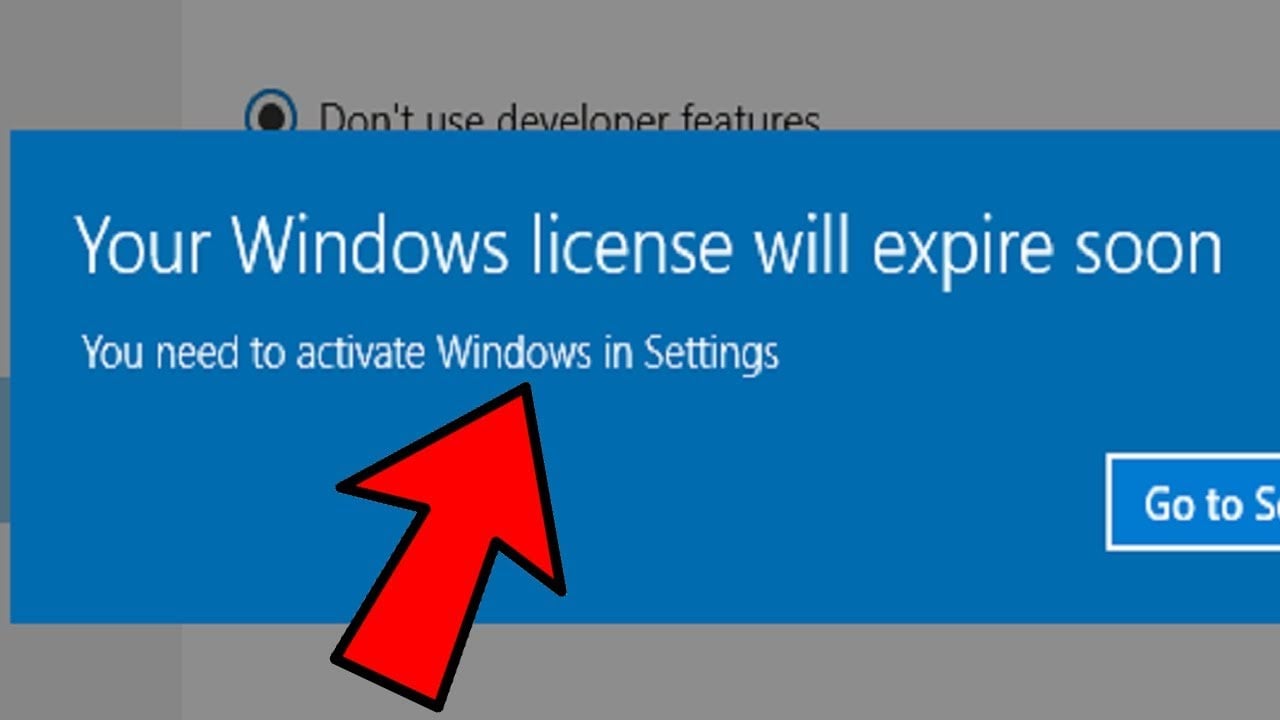

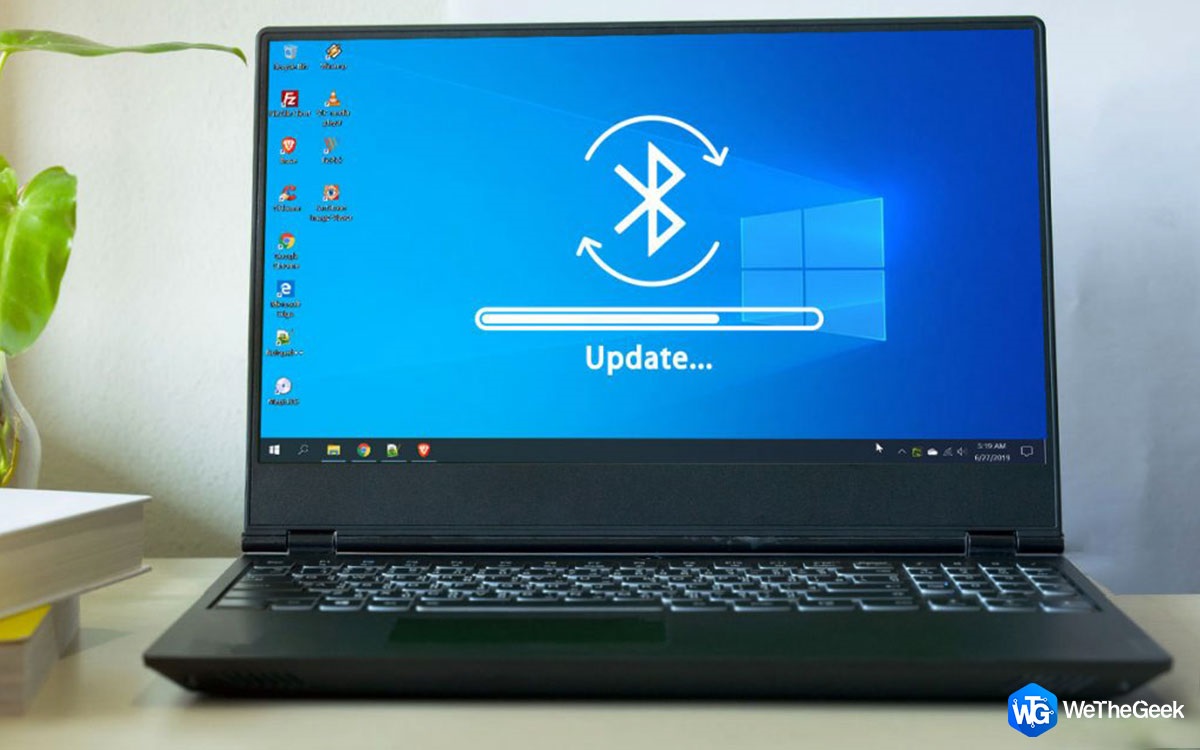

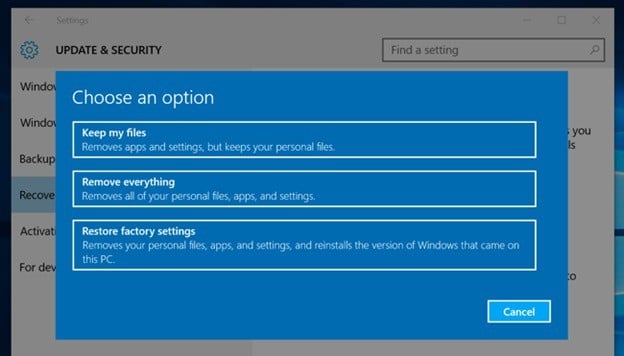







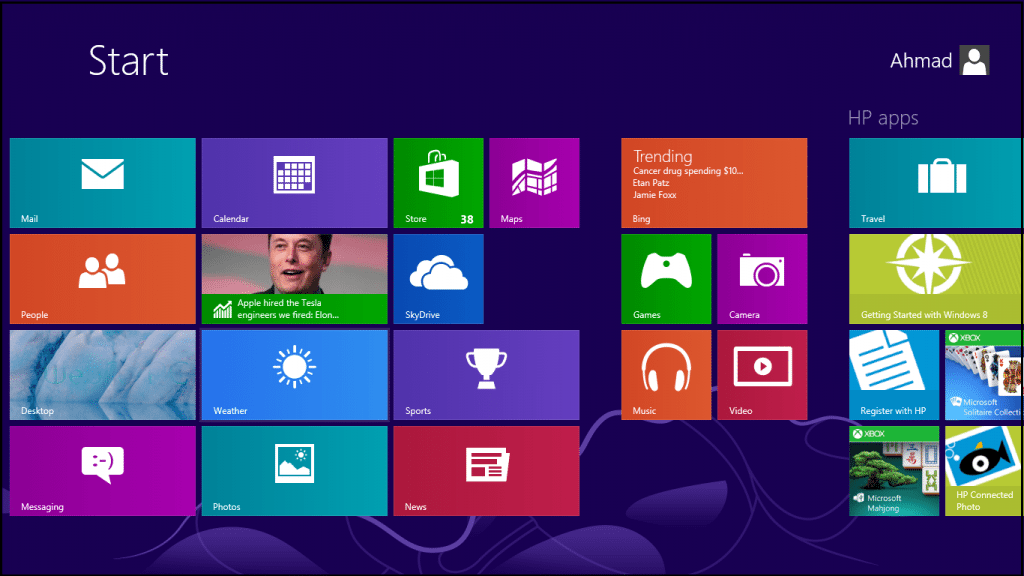



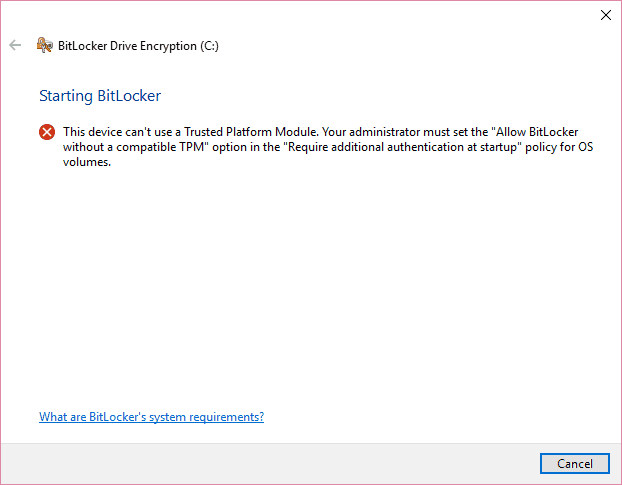








No comments:
Post a Comment
Note: Only a member of this blog may post a comment.